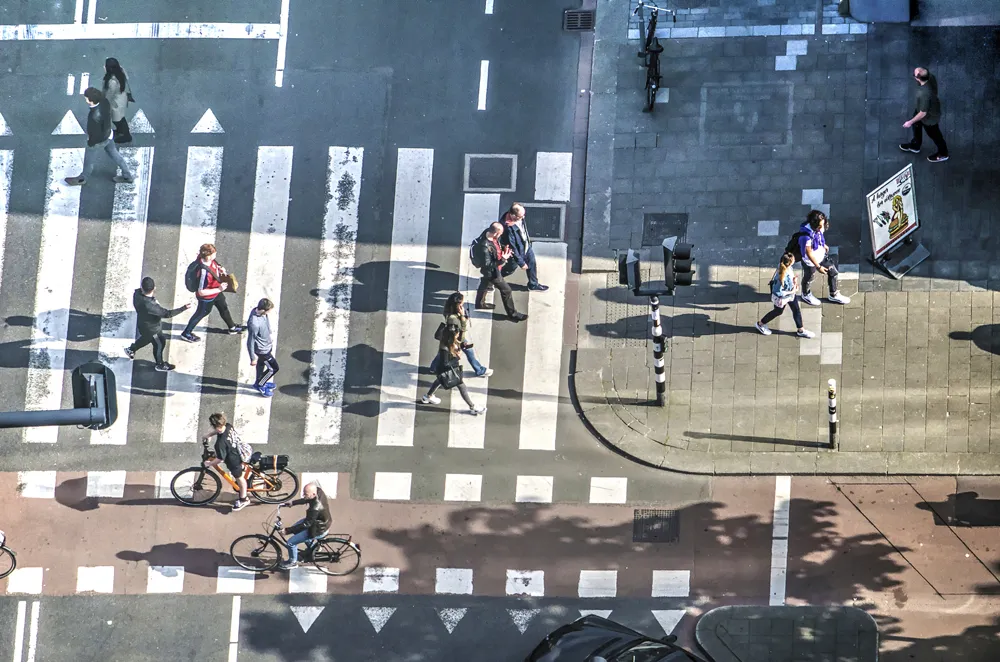
Japanese manufacturer
Aisin's Future Personal Mobility Vehicle ‘ILY-A’ has been attracting plenty of interest with its many applications being demonstrated hourly on its stand at the exhibition.
‘ILY-A’ features voice and face recognition and is designed to assist with ‘last mile’ services. It’s designed to follow users to the shops, be loaded with shopping and, on instruction, find its way home.
Other applications include it being able to be used as a small ride-on vehicle, or even as a child’s powered scooter.
The stand also features a virtual demonstration of Aisin’s 'Automatic Emergency Pull Over System’, which uses a dash mounted camera and sensor system to detect if the position of the driver’s face changes noticeably or eyes close.
The system will assume the driver is incapacitated, take control of the car and move it safely to the shoulder of the road.









